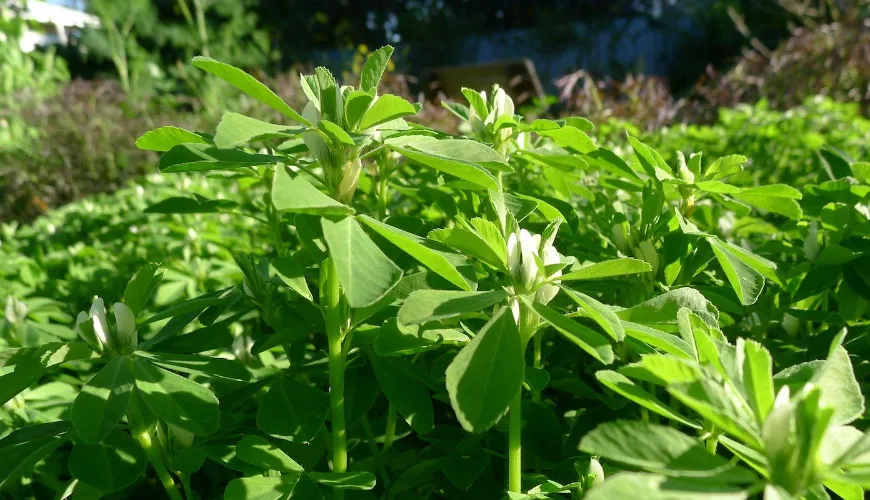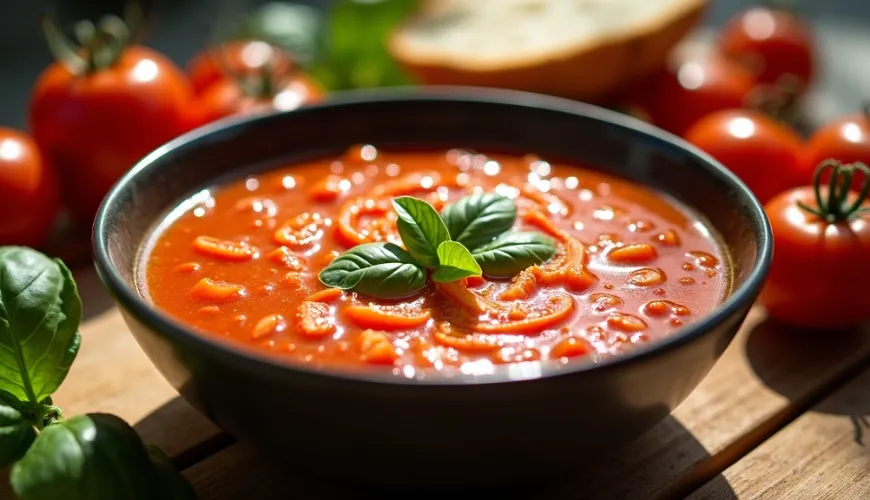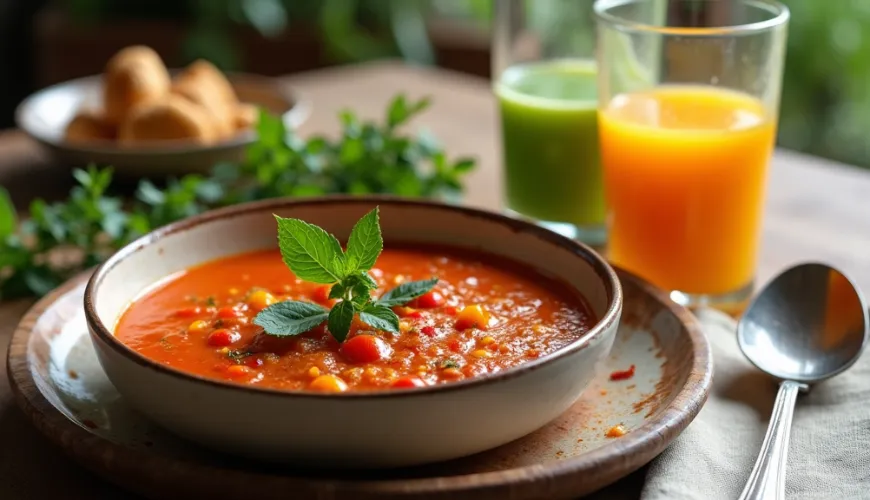
How to Prepare Traditional Tuscan Soup at Home

Tuscan Soup as a Warming Memory of the Sun of Italy
When Tuscany is mentioned, most people think of vineyards, olive groves, cypresses silhouetted against an orange sky, and a tranquility that gets under your skin. But Tuscany is not just picturesque landscapes — it's also a rich culinary tradition where simple ingredients create incredibly delicious dishes. One of the most typical expressions of this tradition is Tuscan soups, which embody the spirit of rural honesty and satisfy even the most discerning palates.
Flavors of the Countryside in Every Spoonful
Tuscan cuisine is based on what is currently available. Soups often originated as a way to use up leftovers or seasonal surpluses — beans, tomatoes, legumes of all kinds, leafy greens, or even older bread. Although recipes vary from village to village, the foundation remains the same: fresh, quality ingredients and slow cooking that highlights the flavor of each component.
Tuscan soup is essentially a tribute to simplicity. Just a few basic ingredients are enough to create a meal that warms not only the body but also the soul. Whether it's a tomato, bean, or legume variant, each one is a small celebration of Mediterranean hospitality.
The Famous Ribollita - More Than Just a Bean Soup
One of the iconic dishes of Tuscan cuisine is ribollita, which translates to "reboiled." It is a bean soup traditionally prepared in larger quantities and reheated over several days. With repeated reheating, the flavors meld into a rich, earthy-scented symphony.
The basis of ribollita is white beans, often cannellini, and black cabbage (cavolo nero), which is typical of Tuscany. Carrots, celery, onions, tomatoes, and often dry or toasted bread are added to give the soup its thickness. It is seasoned with olive oil, garlic, and fresh herbs like thyme or rosemary.
One parish near Arezzo, for example, hosts an annual ribollita festival where it is served in traditional clay bowls with fresh bread and a glass of Chianti wine. It is at such events that one realizes how deeply rooted soups are in the local culture and their impact on social life.
Tuscan Tomato Soup - Simple Yet Brilliant
Another popular variant is Tuscan tomato soup, known as pappa al pomodoro. Here too, bread plays a central role, but this time softer and more absorbent, added directly to the tomato mixture. This creates a smooth texture that is entirely different from the usual tomato soups as we know them at home.
The foundation is ripe summer tomatoes, ideally picked straight from the garden. An essential component is also quality extra virgin olive oil, garlic, basil, and of course bread, which adds heartiness to the soup. The result is a dish that tastes like summer — hearty yet light, ideal in both warm and cooler versions.
Pappa al pomodoro also has its place in literature — it appears, for instance, in Arturo Pérez-Reverte's famous novel The Dumas Club, where the hero recalls this soup as "the greatest proof that happiness can be cooked in one pot."
Legume Version as a Treasure for Health
In recent years, more and more people are turning to plant-based diets, and Tuscan legume soup proves to be an ideal choice. It combines nutrition, simplicity, and traditional flavors. It is often made from various types of lentils, chickpeas, peas, or a combination of legumes, forming the base of a hearty, nutritious, yet easily digestible dinner.
Tuscan legume soup is often flavored with rosemary, sage, and tomato paste, which accentuates the earthy taste of the legumes. It also includes onions, garlic, and olive oil. When a bit of parmesan or a splash of lemon is added at the end, the result is a dish that not only satisfies but also soothes the soul.
Tuscan Soup - A Recipe Passed Down
Although there are hundreds of variations, Tuscan soup has one thing in common — it always stems from local ingredients and respects seasonality. And that is the message we can take from it into today's fast-paced world. We don't need to buy exotic ingredients from the other side of the world when we have carrots from the market, a few legumes, and older bread that would otherwise end up in the trash.
For those who would like to cook a piece of Italy at home, we bring a simple recipe for Tuscan bean soup that even a beginner can manage:
Recipe for Traditional Tuscan Bean Soup (ribollita)
Ingredients:
- 250 g of white beans (ideally cannellini), pre-soaked
- 1 onion
- 2 carrots
- 2 celery stalks
- 2 cloves of garlic
- 400 g of chopped tomatoes (fresh or canned)
- 200 g of black cabbage or kale
- 2 tablespoons of olive oil
- several slices of older bread
- sprigs of thyme, rosemary, pepper, salt
Instructions:
- Sauté the onion, garlic, carrot, and celery in olive oil. Once the onion becomes translucent, add the tomatoes and let them simmer for a few minutes.
- Add the beans and pour in about a liter of water. Bring to a boil and cook until soft (about 1.5 hours).
- Then add chopped cabbage, herbs, salt, and pepper, and cook for another 30 minutes.
- Add torn pieces of bread to the finished soup and let it soak. You can reheat it the next day — it will be even better.
When Food Becomes a Story
In Tuscan villages, it's not uncommon for recipes to be passed down from generation to generation. As one elderly woman from the Siena area once said: "Soup is not just food. It's a memory. Every spoonful you eat is a remembrance of the grandmother who made it." And that is what gives Tuscan soup its exceptional character.
In the Czech context, we often seek inspiration in foreign cuisines, but Tuscan soups show that even from modest ingredients, something extraordinary can be created. Moreover, thanks to their high nutritional value and simplicity of preparation, they fit perfectly into the daily menu — especially in the colder months when one longs for warmth and comfort.
It doesn't matter if you choose Tuscan tomato soup, the classic bean version, or a hearty legume variant — each of them will transport you, if only for a moment, to a sun-drenched courtyard with drying laundry, the clinking of glasses, and the scent of basil in the air. And maybe, when you close your eyes, you'll even hear a distant "Buon appetito!"

